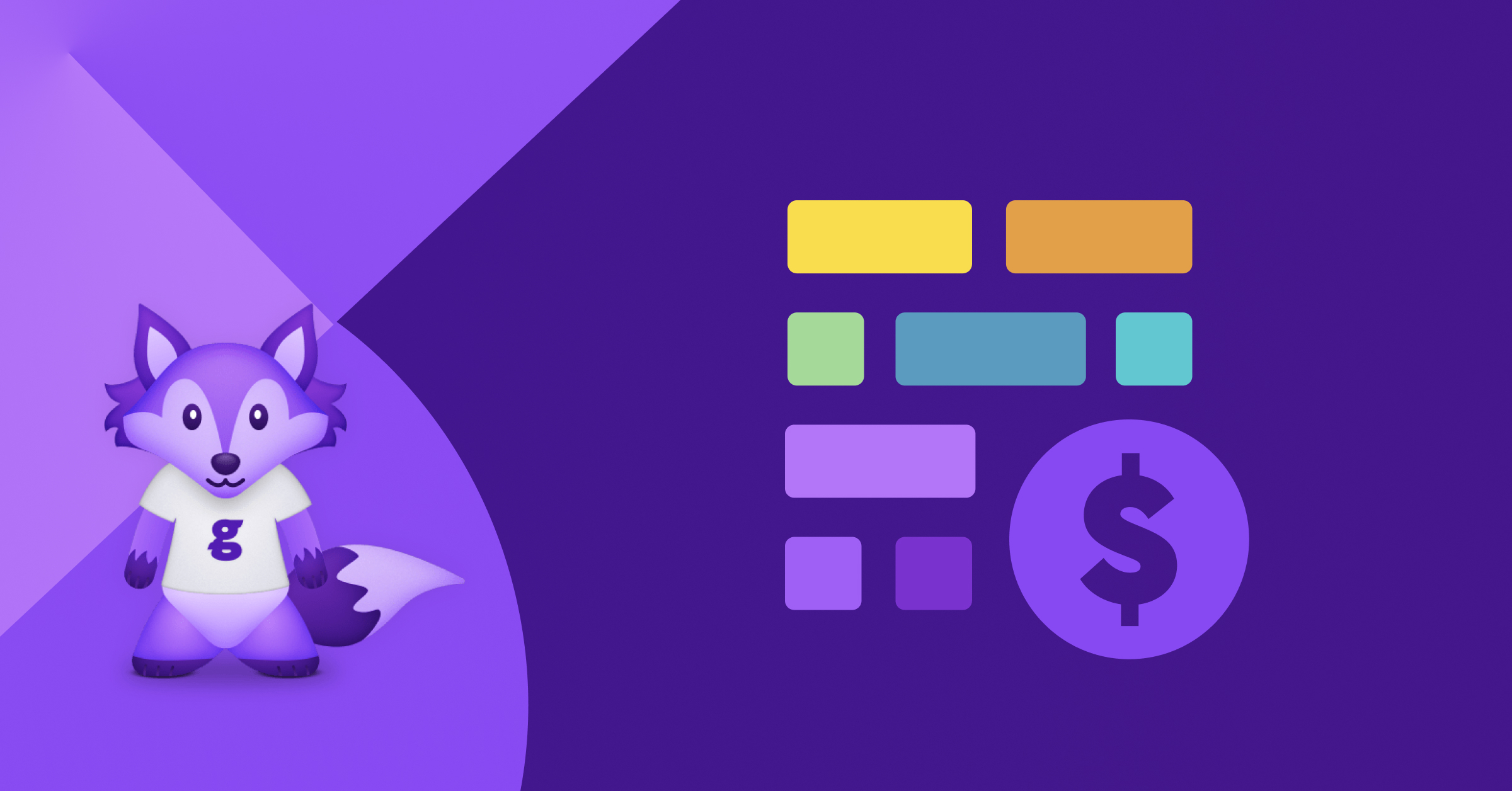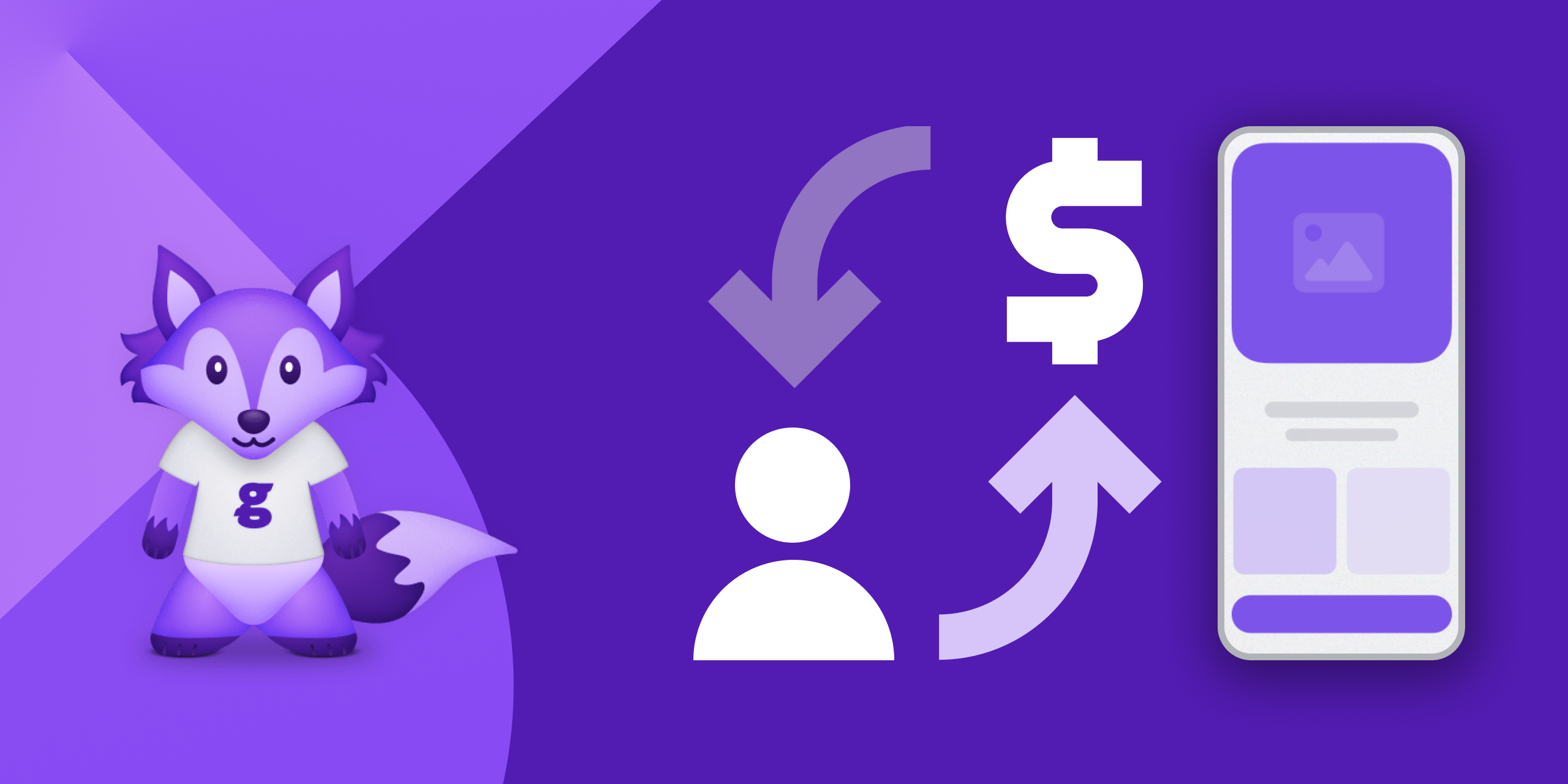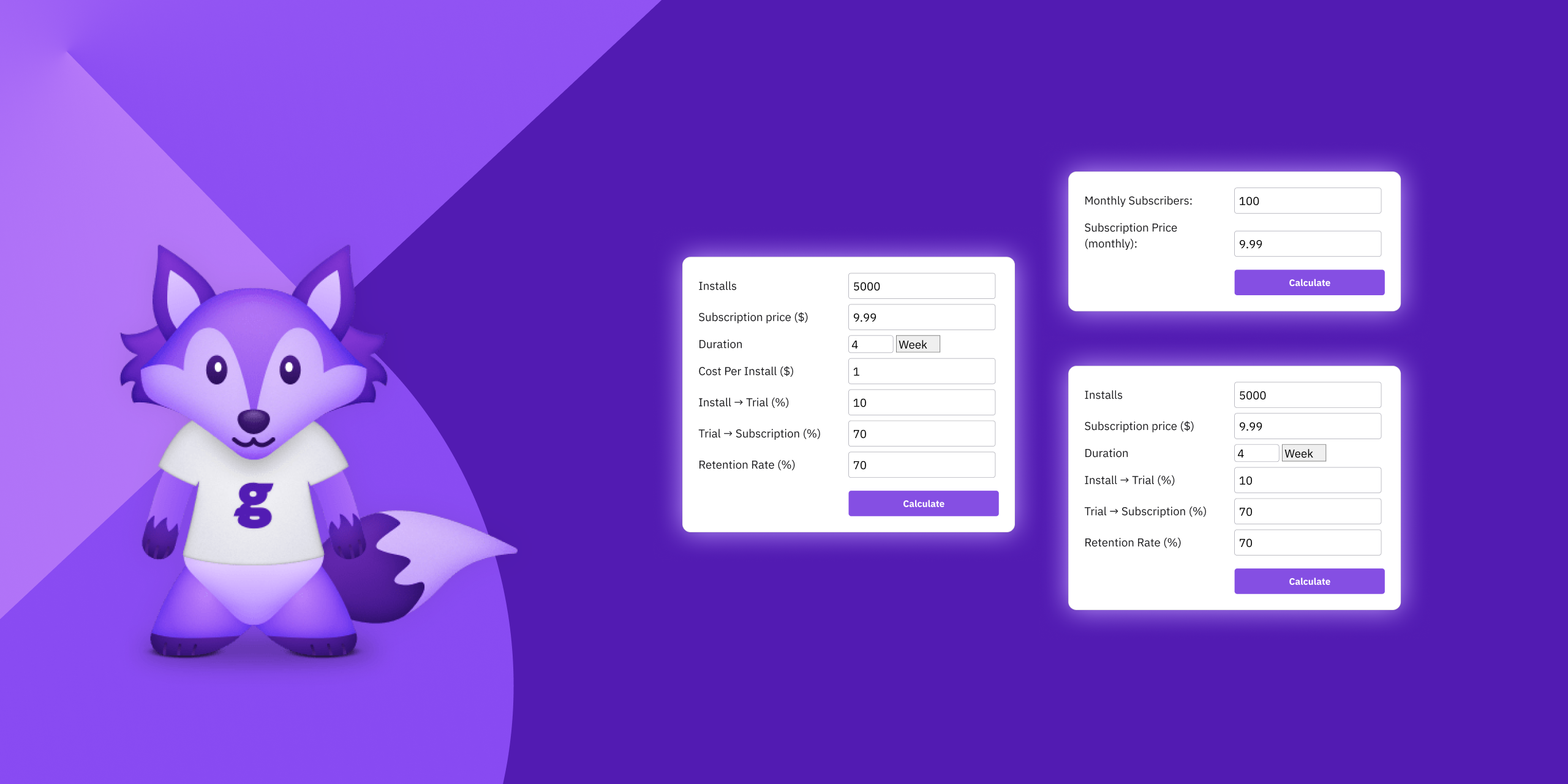Content
4 Proven Ways To Increase Your App's Customer Lifetime Value
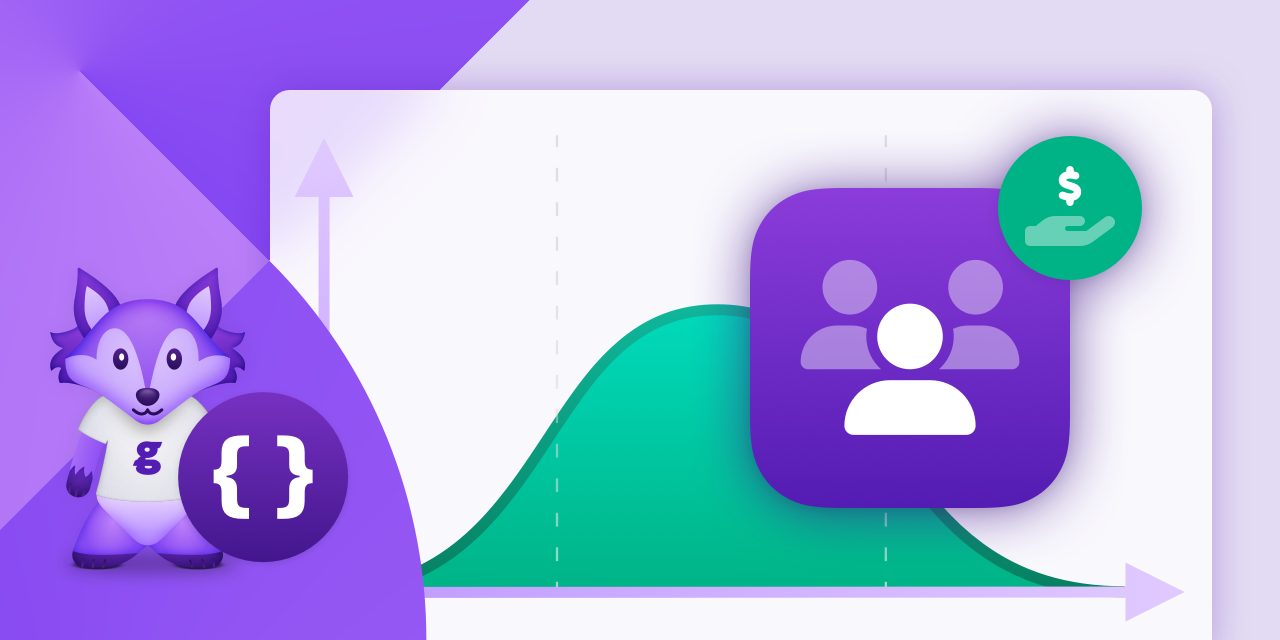
One key metric that reveals the long-term success of your app is Customer Lifetime Value. In this article, we will dig into four dominant strategies that can help you enhance your app’s customer lifetime value.
So What Exactly Is CLV, How to Calculate It, and Why Does It Matter?
App’s customer lifetime value (CLV) refers to the total revenue generated by a customer throughout their entire relationship with a specific application. It is a metric that helps app developers and marketers understand the long-term profitability of their user base.

(Source: Pexels)
How Do I Calculate Customer Lifetime Value?
There are a number of factors that contribute to the calculation of the app’s customer lifetime value. These include the average revenue per user, the average lifespan of a customer, the customer retention rate, and the statistics on the cost of acquiring and retaining loyal customers.
These factors are crucial as they not only help you to measure customer lifetime value but also to increase your future revenue. For example 5% increase in retention produces a 25% increase in profit.
Retention Of Customers
Retention of existing customers is extremely important as acquiring a new customer is between 5x and 25x more expensive than retaining an existing customer.
By focusing on customer retention, you can maximize the return on your marketing and acquisition efforts.
Retaining customers is crucial for the long-term success of any business, including apps. This is the reason why customers’ relationship with your app is so important. By keeping existing customers engaged and satisfied, you can increase their lifetime value, which is the total revenue generated by a customer over the course of their relationship with your app.
Retained customers are more likely to make repeat purchases and spend more money on your app. They have already experienced the value your app provides and are more likely to trust your brand.
This trust and familiarity make it easier to upsell or cross-sell additional features or products, leading to increased revenue. The statistics show that existing customers spend 67% more on average than new customers making the loyal customers also high value customers.
Retained customers also have the potential to become brand advocates, spreading positive word-of-mouth and attracting new customers through referrals. Customer retention rates are closely tied to customer satisfaction. When customers have a positive experience with your app and feel their needs are being met, they are more likely to continue using it., making them long time customers.
On the other hand, if customers are dissatisfied or encounter issues, they may churn and switch to a competitor’s app. By prioritizing customer satisfaction and addressing any concerns or problems promptly, you can reduce churn rates and retain more customers.
Retaining loyal customers can also lead to valuable insights and feedback. Long-term customers are more likely to provide feedback on your app’s features, usability, and overall experience. This feedback can help you identify areas for improvement and make necessary updates to enhance customer satisfaction.
Additionally, when you improve customer retention it allows you to gather data on their behavior and preferences, enabling you to personalize their experience and offer targeted promotions or recommendations, further increasing the customer lifetime value.
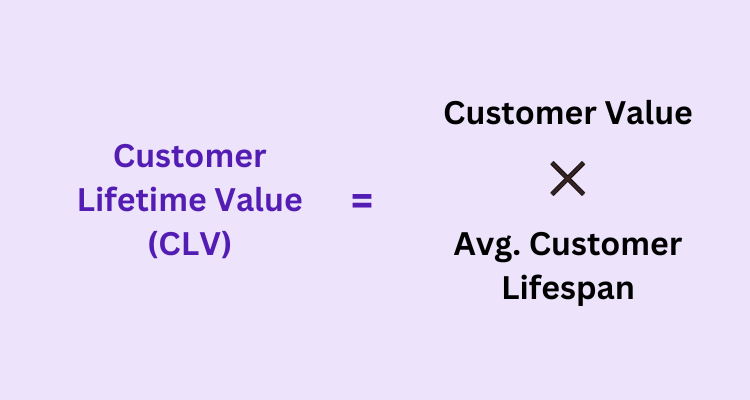
Customer Lifetime Value Formula
Measuring customer lifetime value is absolutely mandatory when you want to succeed as an app developer. There are certain customer segments that can form the predictive customer lifetime value, the main customer lifetime value formula however is CLV = customer value x average customer lifespan.
In order to calculate customer lifetime value we need to know what exactly are customer value and average customer lifespan.
Customer value refers to the average amount of money a customer spends on purchases and how often they make those purchases. It is calculated by taking into account both the cost of their purchases and the frequency with which they are buying. This metric can help you understand the financial worth of your existing customers.
On the other hand, the average customer lifespan measures the duration of time a customer remains active with a business. It is determined by dividing the total number of years all existing customers stay active by the total number of customers. This metric provides you with insights into the longevity of customer loyalty and their overall impact on the business.
When you multiply the customer value by the average customer lifespan you can calculate customer lifetime value. By analyzing the different factors, you could identify areas for improvement and implement strategies to increase the customer lifetime value.
However, it is additional work for you to do, and you most likely already have enough work to do as an app developer. In order to make it easier for you platforms such as Glassfy do the calculations for you.

(Source: Pexels)
Why Does The Customer’s Lifetime Value Matter?
The customer lifetime value metric is crucial for app businesses as it provides insights into the effectiveness of their marketing and monetization strategies.
It helps identify the most valuable customer segments, understand the return on investment for acquiring new customers, and make informed decisions about resource allocation. By increasing the customer lifetime value, app owners can maximize their revenue and profitability in the long run.
The customer lifetime value of an application is a crucial metric, that measures the total revenue a customer generates throughout their entire tie-up business relationship with the app. It is extremely important for the business’s success and profitability.
Understanding and increasing the average customer lifetime value is essential for app developers and businesses because it directly impacts their bottom line. Apps that increase customer lifetime value matter for several reasons, which we are going to explain now.
Determine ROI
Firstly, it helps you determine the ROI (return on investment) to acquire new customers. By knowing the customer lifetime value, you can calculate how much you can spend on acquiring new users while still making a profit. This allows you to then allocate your marketing budget effectively and focus on developing high-value customers.
Understand your customer loyalty
Secondly, the customer lifetime value provides insights into customer loyalty and retention, meaning apps with a high customer lifetime value typically have customers who are more engaged, satisfied, and loyal. These customers are more likely to make repeat purchases, refer your app to others, and become brand advocates.
By increasing the customer lifetime value, you can build a loyal customer base and reduce the churn rate. Furthermore, the customer lifetime value helps you prioritize your efforts in improving customer experience and satisfaction.
By identifying the key factors that drive customer lifetime value, such as user engagement, in-app purchases, or subscription renewals, you can enhance those aspects to increase the value customers derive from the application. This, in turn, leads to higher customer lifetime value and overall app success.
Better investment opportunities
Lastly, the customer lifetime value is also important for attracting investors and securing funding for app development. Investors very often look at the customer’s lifetime value to assess the long-term potential of an app. A higher customer lifetime value indicates a substantial revenue stream and a sustainable business model, making the app more attractive for investment opportunities.
Did you know thatas of the second quarter of 2023, the average consumer spend on mobile apps per smartphone was approximately 5.03 U.S. dollars, down from the 5.31 U.S. dollars spent on average by global users during the first quarter of 2021? Between the first and the third quarter of 2022, consumer spending on mobile apps experienced a downward trend with small fluctuations.
The average app customer spending can vary greatly depending on the type of app and the target audience. However, studies have shown that the average app customer spending ranges from a few dollars to several hundred dollars per year. This spending includes average purchase spending like in-app purchases, subscriptions, and ad revenue generated by the app. It is important to note that this average can be influenced by factors such as the app’s popularity, user engagement, and the value proposition it offers to its customers.
4 Proven Ways to Increase Your Customer Lifetime Value

(Source: Searchspring.com)
As we already discussed above customer lifetime value is very important for your application and improving it further is essential. The predictive customer lifetime value and its success depend mostly on past data, repeat business, and purchase frequency.
In order to make sure you encourage repeat purchases and retain customers you need to make sure that your CLV is on point. If you are struggling with it let us assure you that you are not alone in this! Let’s dive into the different customer lifetime value models that can improve your customer lifetime value!
Strategy 1: Personalized User Experience
Personalized app user experience refers to tailoring the application features, content, and interactions in order to meet the exact needs and specific preferences of individual users. When you provide a personalized experience you can enhance customer engagement and future value, leading to then ultimately increasing the app’s customer lifetime value.
One way to achieve it is by leveraging the data. When collecting and analyzing data such as user demographics, preferences, and behavior patterns, you can gain insights into what each user wants and needs. You can then use this data to deliver individual recommendations, content, and notifications, making the app more relevant and valuable to the user.
Another strategy to create a personalized app user experience is through customization options. That means you would allow your users to personalize the application’s interface and settings according to their preferences, which can greatly enhance their satisfaction and sense of ownership.
Customizations can range from simple options like choosing a color theme to something more advanced like creating a customized profile or setting individualized goals.

(Source: Rechargepayments.com)
Strategy 2: Subscription Models And Upselling
Monetizing your app through subscription service and upselling can have a significant impact on your customer lifetime value. By implementing these strategies effectively, you will be able to increase the future cash flows generated from each customer over their lifetime with your app.
Freemium Model
One way to implement a subscription service is by considering offering a freemium model application to the users.
This means you will be providing basic features of the app for free, while also providing premium features and extras for a subscription fee. This way you can attract a larger user base and then upsell premium features to those who find your application valuable.
If you want to learn more about the subscription-based models and how they work you might want to check this article as well: How to Boost Revenue With Mobile App Monetization Strategy
Tiered Subscription
Another great way to improve your customer relationship is by offering different tiers or levels of access to your application’s features and content. This would allow you to cater to different customer segments and if the users are willing to pay.
By providing additional value and benefits with the higher-priced subscriptions, you can make sure that customers are more likely to upgrade and increase their customer lifetime value.
Upselling
Upselling is an effective strategy, which involves offering additional products and services to customers who have already been purchasing before or have already subscribed to a lower-priced plan.
This is being done by highlighting the benefits of the higher-priced options and demonstrating how you can enhance the customer’s experience.
By upselling, you can increase the average revenue per user and ultimately boost the customer lifetime value and brand loyalty.
Exclusive Content And Loyalty Programs
Creating and adding exclusive content or features, which are only available to premium subscribers also does the work. Exclusive content would include early access to something, an ad-free experience, or premium customer support.
Exclusive content gives users a compelling reason to subscribe and stay engaged with your application.
Implement loyalty programs, that reward long-term users with discounted prices and special offers, as this not only encourages them to remain engaged with your app but also strengthens their connection to your brand making them your most valuable customers ever.
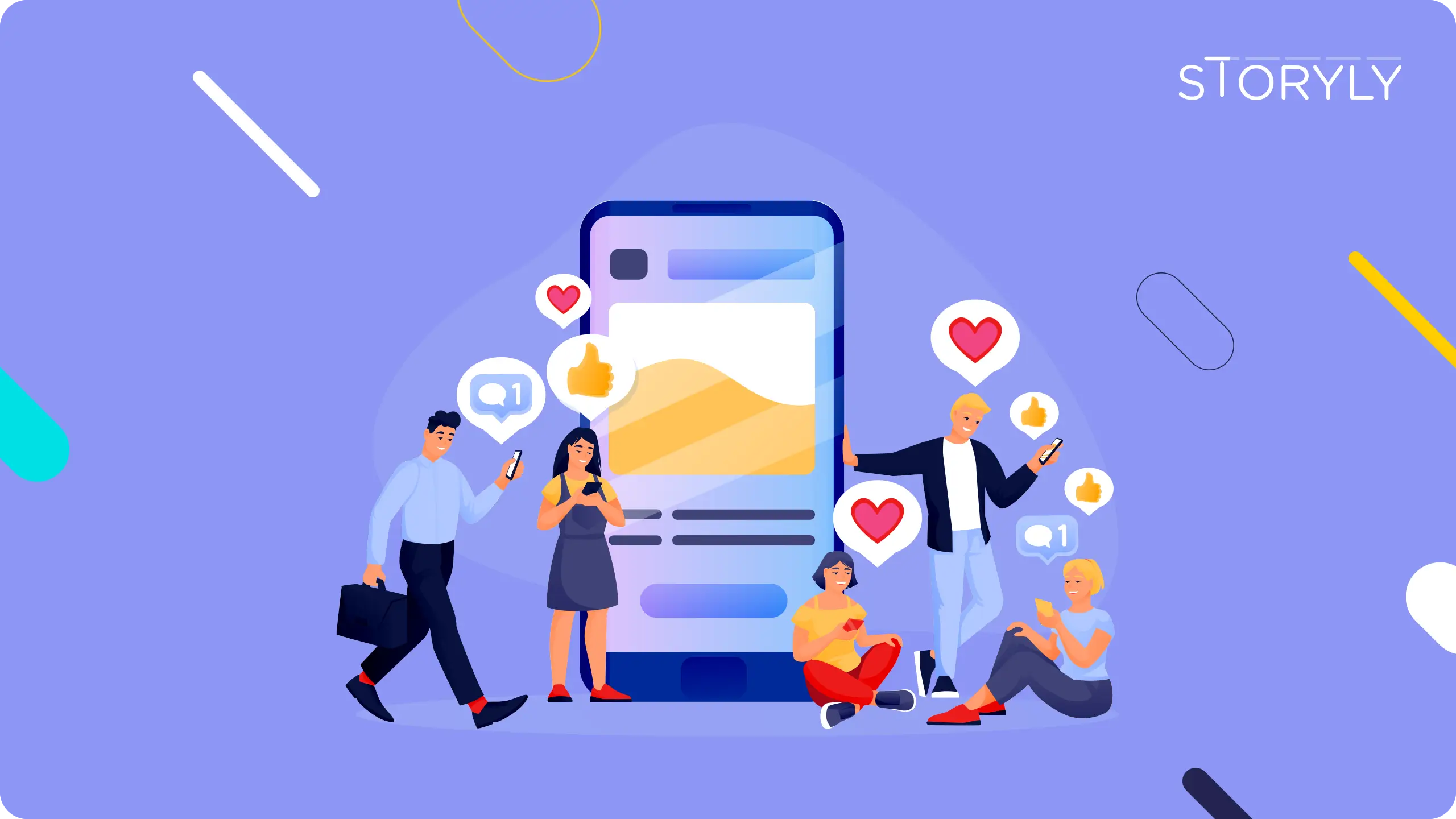
(Source: Storyly)
Strategy 3: Continuous User Engagement
Continuous user engagement is crucial for increasing customer lifetime value (CLV) in your app. By consistently engaging users throughout their journey with your app, you can create a positive user experience that encourages long-term usage. Here are some effective methods to achieve this:
Content Updates
Regularly updating your app with fresh content, features, and improvements keeps users excited about what’s for new and current customers. This encourages them to return to your app regularly, increasing their engagement and customer lifetime value.
Gamification
Incorporating gamification elements into your app can make the user experience more interactive and enjoyable. By awarding badges, points, or rewards for completing tasks or achieving milestones, you can motivate users to stay engaged and increase their customer lifetime value.
Social Integration
Allowing users to connect their social media profiles to your app enables them to share achievements, progress, or content from your app with their friends and followers. This not only increases user engagement but also promotes virality, leading to a boost in customer relationships with your app.
User Feedback
Actively using customer feedback, listening to user feedback, and addressing their concerns or suggestions are essential. Engaging with your users in this way not only improves your app but also makes users feel valued and heard, fostering loyalty and increasing their customer lifetime value.
Strategy 4: Customer Relationships Building
Building strong customer relationships is crucial for increasing customer lifetime value (CLV). When users feel valued and supported, they are more likely to remain loyal and generate more revenue over time. There are several strategies you can implement to achieve this.
Prompt Customer Support
One way to enhance customer relationships is by providing prompt customer support. Ensure that you offer efficient and responsive support through various channels such as in-app chat, email, or phone. Address user inquiries, issues, or complaints promptly and professionally to encourage customers and show that you prioritize their satisfaction.
Personalized Communication
Another effective approach is personalized communication. When reaching out to users, make an effort to use their names and tailor your messages to their preferences and history with your app. This personalized touch demonstrates that you care about their individual needs and fosters a stronger connection.
Surveys And Feedback Forms
Regularly gathering user feedback through surveys or feedback forms within the app is also essential. This feedback allows you to make improvements based on user preferences and shows users that their opinions matter.
User Education
Lastly, offering user education resources and tutorials can help users make the most of your app’s features. When users understand how to use your app effectively, they are more likely to see its value and continue using it. By providing educational materials, you demonstrate your commitment to helping users succeed with your app.
By implementing these strategies, you not only increase customer lifetime value but also pave the way for word-of-mouth referrals and brand advocacy. Building positive relationships with your users leads to satisfied customers who are more likely to recommend your app to others, further enhancing its success.
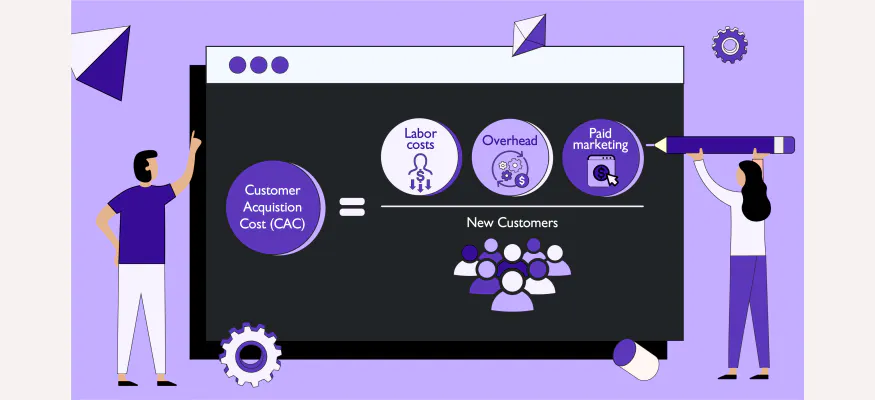
(Source: Peopledatalabs.com)
Customer Acquisition Costs
Customer acquisition costs (CAC) refer to the expenses incurred by a business to acquire new customers for their app. It includes all the costs associated with marketing and advertising efforts aimed at attracting and converting potential users into paying customers.
CAC is an important metric for app developers and marketers as it helps determine the effectiveness and efficiency of their customer acquisition strategies.
Calculating CAC
Calculating CAC involves adding up all the costs related to customer acquisition activities. This can include expenses such as advertising campaigns, social media marketing, content creation, search engine optimization, influencer partnerships, and any other promotional efforts aimed at acquiring new app users.
It’s important to consider both direct costs, such as ad spend, as well as indirect costs, such as salaries of marketing team members or agency fees. By accurately tracking and measuring these costs, businesses can gain insights into the effectiveness of their marketing channels and campaigns.
For example, if an app spent $10,000 on marketing efforts in a month and acquired 100 new customers, the CAC would be $100. This calculation provides a baseline understanding of how much it costs to acquire a single customer.
However, it’s important to note that CAC can vary depending on various factors such as industry, target audience, marketing channels, and the customer lifetime value.
According to Forbes a staggering 90 percent of startups fail. One of the key reasons behind this alarming statistic is the depletion of financial resources, which accounts for 29 percent of these failures. Surprisingly, this makes it the second-most-cited cause for the relatively short lifespan of businesses, with only 25 percent managing to survive beyond 15 years.
This is why calculating acquisition cost is also one of the essential marketing metrics for your business.
Determine ROI
By understanding the ratio of CLV to CAC, businesses gain insights into the profitability of their app (ROI).
For example, if an app has a CLV of $300 and CAC of $100. The CLV/CAC ratio would be 3:1 or an ROI of 3. A healthy business is anything above 2 for SMBs and 3 for Mid-Size and Enterprises.
Monitoring And Optimizing
Monitoring and optimizing CLV to CAC ratio is crucial for maximizing the profitability of an app. By reducing customer acquisition costs, businesses can increase their return on investment (ROI) and improve their overall app performance.
To lower CAC, businesses can focus on improving their targeting and segmentation strategies, optimizing their marketing campaigns, and leveraging cost-effective channels.
Additionally, enhancing the app’s user experience, implementing referral programs, and nurturing customer loyalty can also help reduce CAC by increasing organic user acquisition and retention rates.
By continuously analyzing and optimizing CAC, businesses can enhance their app’s ROI and drive sustainable growth.
You may also like: Top 5 Ways to Drive User Acquisition to a Mobile App
Conclusion
In the highly competitive landscape of mobile apps, it is crucial to focus on increasing customer lifetime value in order to achieve long-term success and profitability.
By implementing personalized experiences for users, offering subscription models, ensuring continuous user engagement, and providing excellent customer support, app owners can employ powerful strategies to enhance customer relationships and cultivate a loyal user base.
Read More
